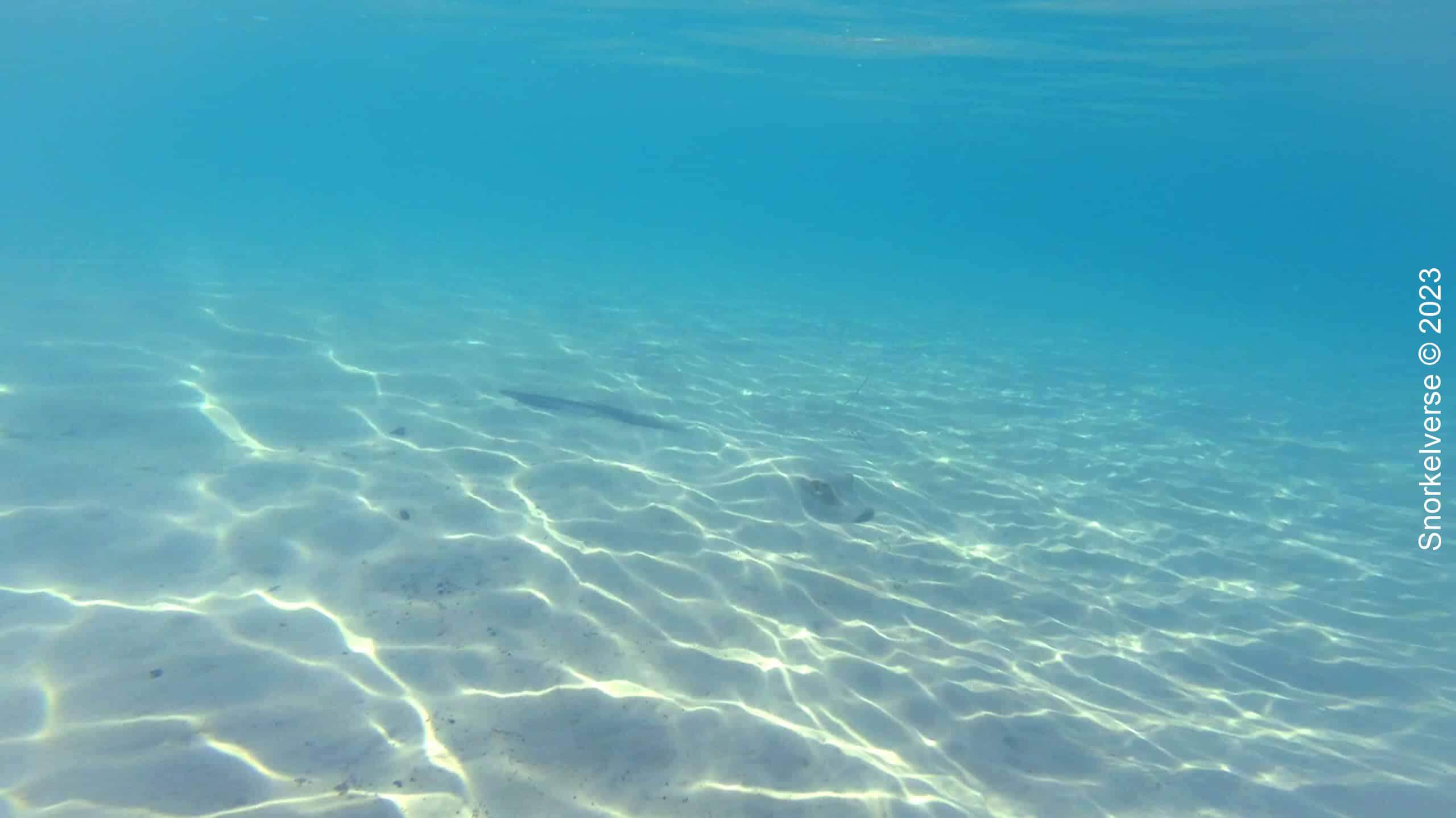

Description
The Feathertail Stingray is found in the Indo-Pacific region. They are typically found in shallow coastal waters and generally inhabit sandy or muddy seabeds in bays, lagoons, and estuaries.

Habitat
The Feathertail Stingray is found in the Indo-Pacific region. They are typically found in shallow coastal waters and generally inhabit sandy or muddy seabeds in bays, lagoons, and estuaries. In general, these rays prefer warm, tropical waters and are known to range from Eastern Africa to the Pacific Islands, including the Phillipines, Indonesia, and Australia. They are known to be tolerant to different salinity and water temperatures.

Diet
A Feathertail Stingray that primarily eats molluscs, crustaceans, and small fish. They use their wide, disc like bodies to dig into the sediment in search of food. They have powerful jaws and sharp teeth, allowing them to break shelled prey. They are also known to eat clams, crabs, shrimps, and even injured fish.

Appearance
The Feathertail stingray has a distinctive appearance, with a disc like, wide oval shaped body and long thin barbed tail. The tail has a venomous stinger which is used for defence against predators. They range from a light to dark brown and grey color. The ray can grow up to 1 metre in length and weigh up to 10 kg.

Key Features
- Wide, flat body with a long tail with a featherlike end.
- They range from a light to dark brown and grey color.
- Often seen in the basking in sandy bottoms.

Threats
IUCN Conservation Status: Vulnerable
Disease
Juviniles are prey for larger fish, including sharks, and birds.
Climate Change
Rising sea levels, and changes to ocean ecosystems has a major impact on Cowtail Stingrays survival.
Overfishing
Cowtail Stingrays can be caught as bycatch from commercial fishing, which impacts population numbers.
Loss Of Habitat
Human activities such as coastal development and pollution can lead to the destruction and degradation of habitat.






